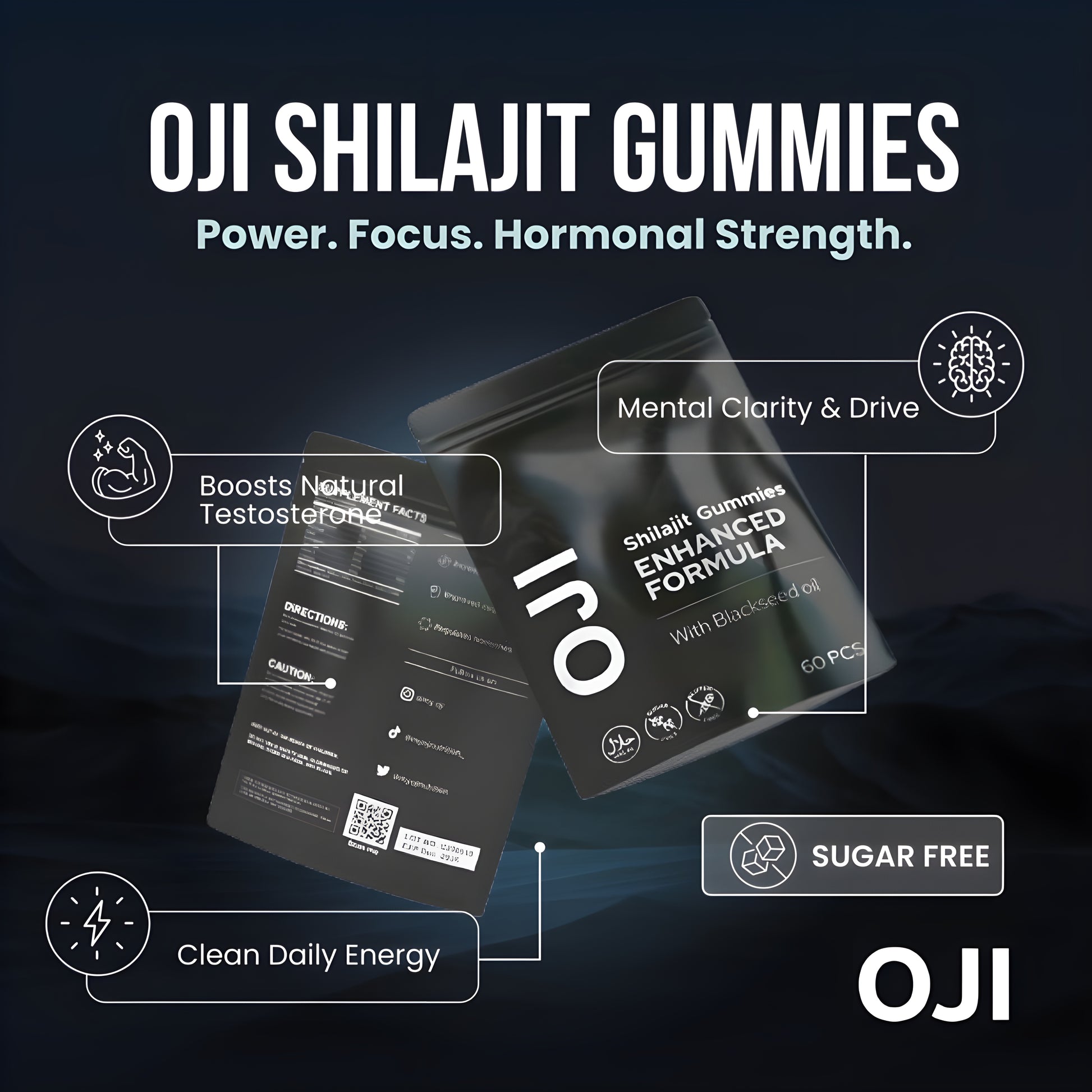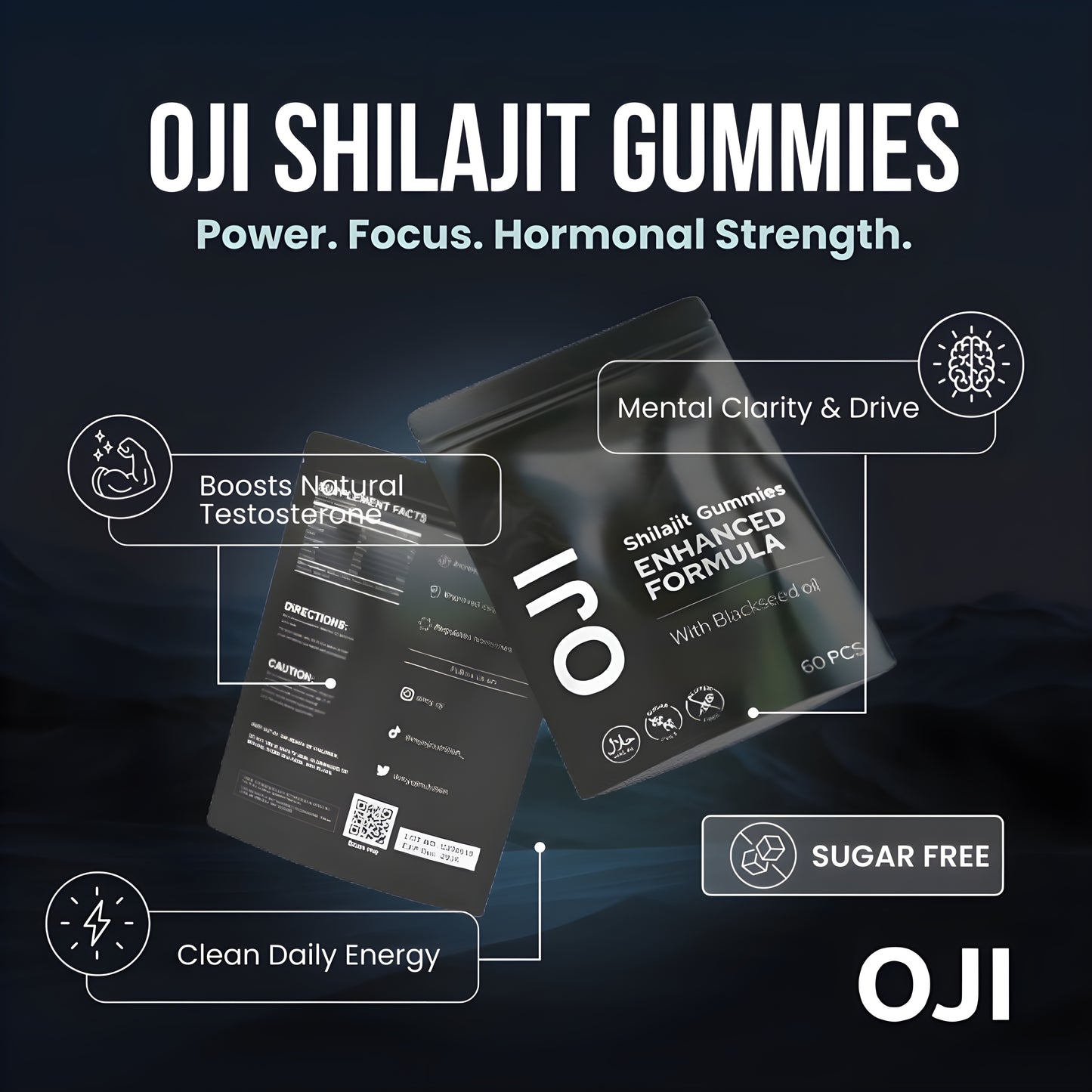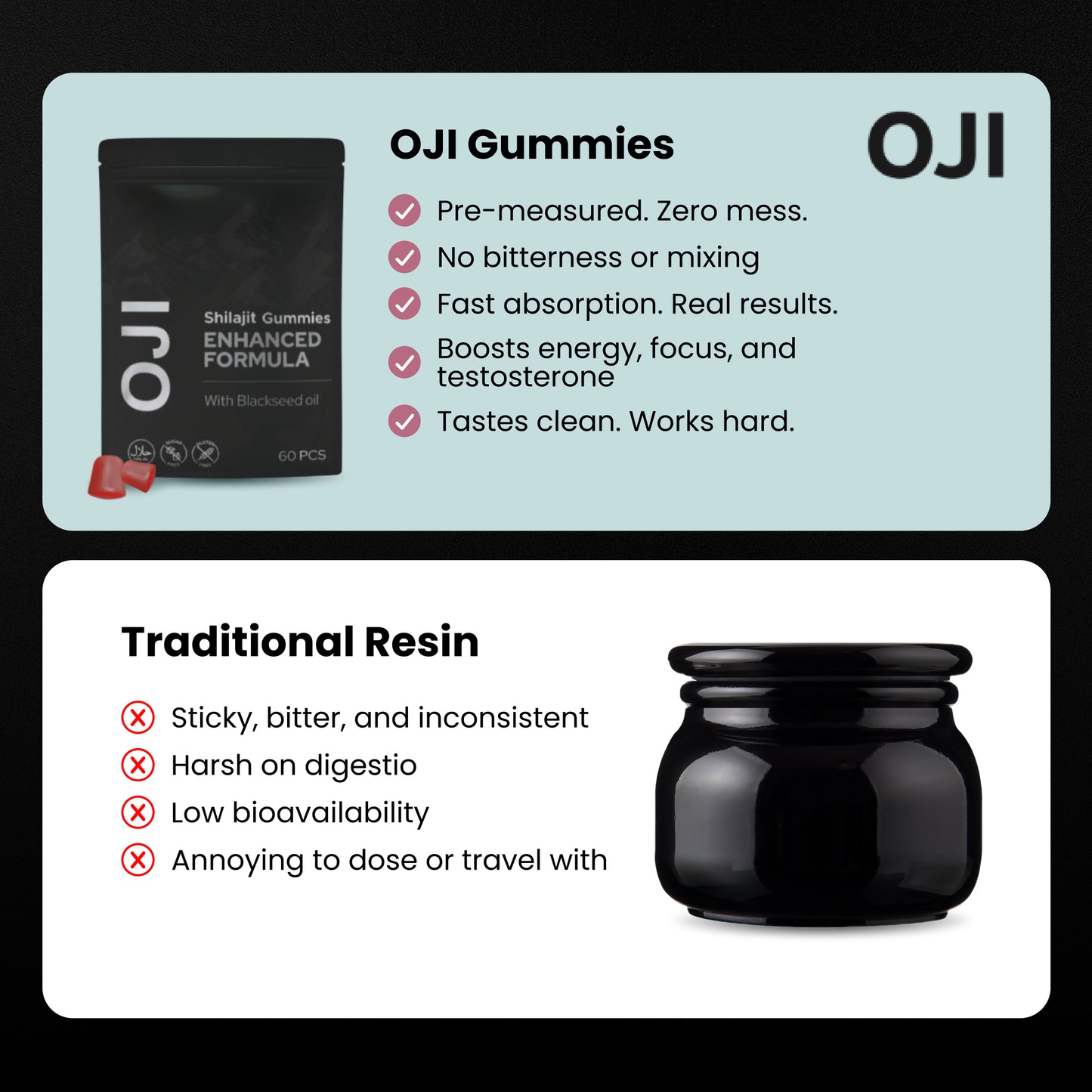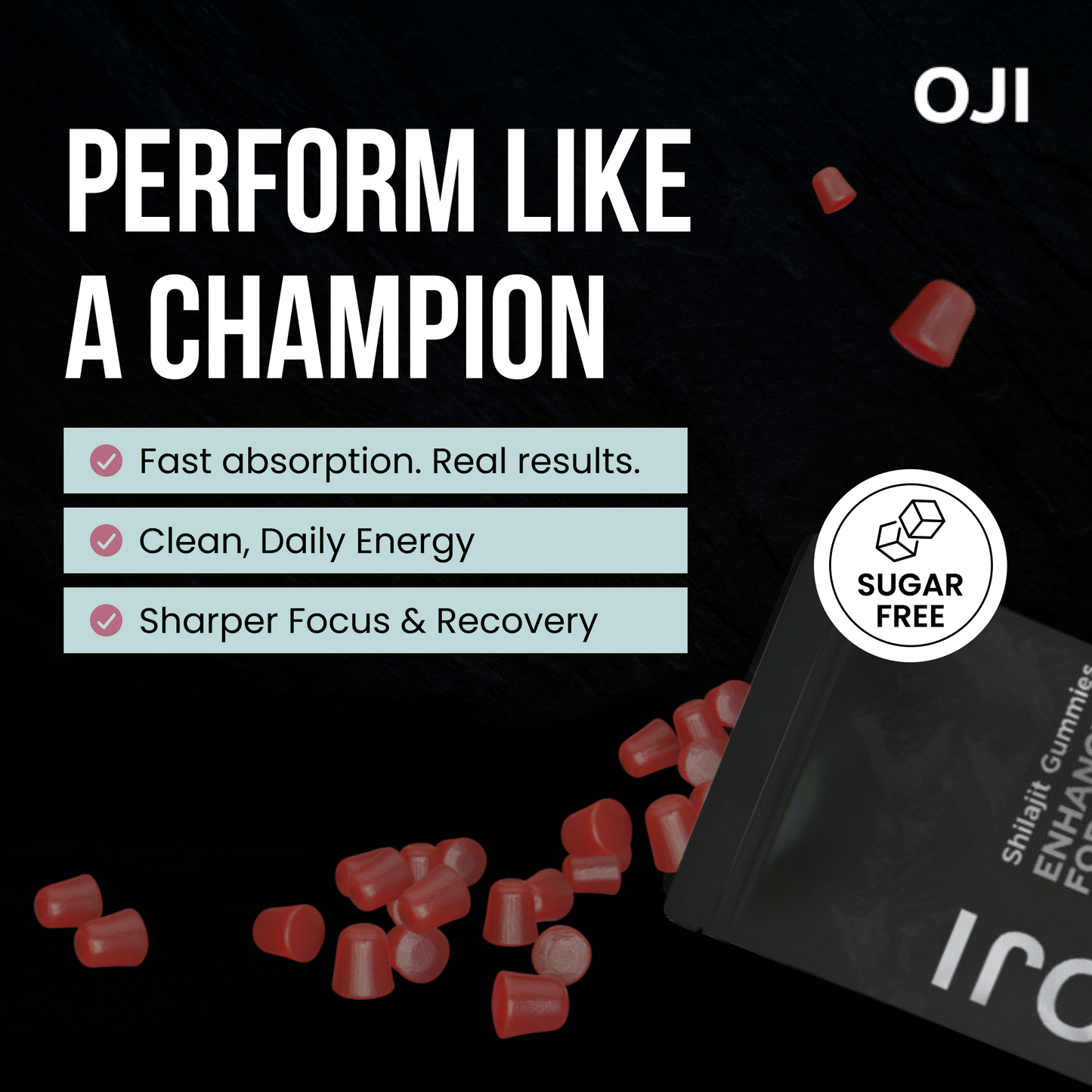Effective muscle recovery isn't just about resting after a workout; it's the process that allows you to get stronger. During this critical phase, your body repairs and rebuilds itself, turning your effort in the gym into real results. To make progress, you must master these steps.
Why Smart Muscle Recovery Is Your Training Superpower
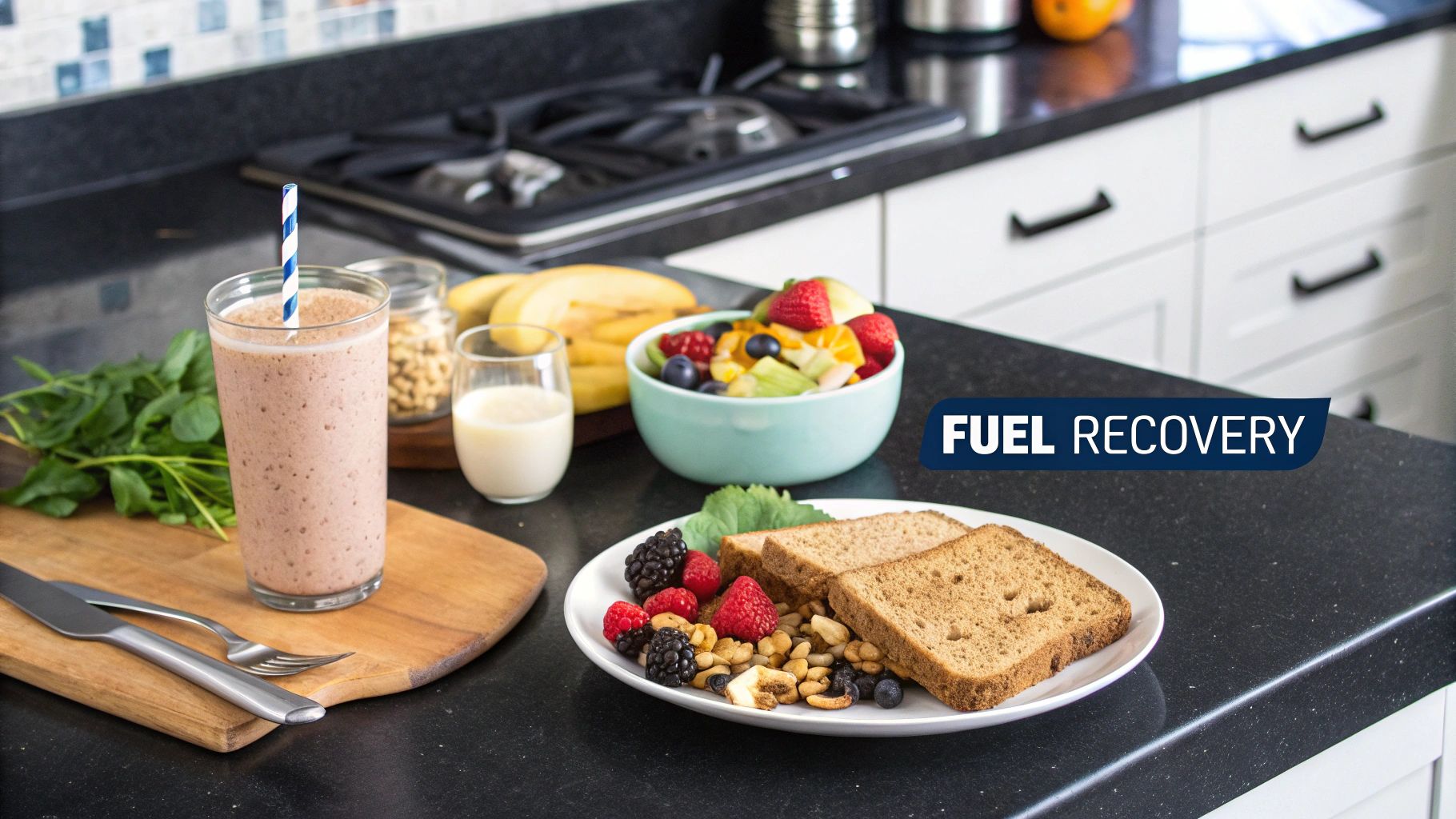
Strength isn't built in the gym—it's built in the hours and days that follow. When you challenge your muscles with resistance training or intense cardio, you create microscopic tears in the muscle fibres.
This damage is a good thing! It's the signal your body needs to start the repair process. In response, your body not only patches up the damage but reinforces the fibres, making them stronger and more resilient for your next session. This is the foundation of building strength and endurance.
Understanding Muscle Soreness
The ache you feel a day or two after a tough workout is called Delayed Onset Muscle Soreness (DOMS). Don't see it as a setback; think of it as direct feedback. Your body is telling you, "Message received, I'm now in repair mode."
This soreness comes from the inflammation and fluid that rush to the damaged muscle tissue to begin healing. While sharp pain can signal an injury, the moderate ache from DOMS means you've successfully challenged your muscles to adapt.
"Recovery isn’t a passive activity; it’s an active strategy. It's the productive phase where you convert your workout efforts into genuine fitness gains. Ignoring it is like planting seeds and never watering them."
The Consequences of Neglecting Recovery
What happens if you skip recovery? Pushing your body without adequate repair time will derail your progress. Consistently training already-damaged muscles can lead to nagging injuries like strains or tendonitis, forcing you to stop training altogether.
Your performance will also hit a wall. You'll find you can't lift heavier, run faster, or complete your usual routines. This performance plateau is a clear sign that your body isn't getting the time and resources it needs to adapt.
Chronic under-recovery also leads to persistent muscle fatigue and burnout, which destroys motivation. To learn more about this, our guide on how to reduce muscle fatigue offers practical strategies.
To see long-term results, you must prioritise recovery. It's the only way to ensure your body can consistently adapt, grow stronger, and stay resilient.
The Three Pillars of Effective Post Workout Recovery
Mastering muscle recovery doesn't require a complex formula. Focus on three essential pillars: Nutrition, Rest, and Active Recovery. If you neglect one, your progress will become unstable.
Think of your muscles as a construction site after a workout, ready for rebuilding. Each of these pillars has a critical job to do to get the new structure built properly. Let's break down the actionable steps for each one.
Nutrition: Provide the Building Blocks for Repair
Your body can't rebuild muscle without raw materials. You must provide them through proper nutrition. Protein acts as the bricks, and carbohydrates provide the fuel for the construction crew. Without both, the entire project stops.
This isn't about a complicated diet; it's about timing and quality. Your goal is to get a mix of protein and carbs into your system shortly after training to kickstart the repair process. This replenishes your energy stores and gives your muscles the exact materials they need to grow back stronger. A simple protein shake or a balanced meal is an effective first step.
Rest: Initiate the Ultimate Repair Cycle
This is where the real growth happens. Rest, especially quality sleep, is your body's prime time for repair. Cellular regeneration, hormone regulation, and muscle synthesis all go into overdrive while you sleep. Your body releases human growth hormone (HGH), which is crucial for repairing the microscopic muscle tears from your workout.
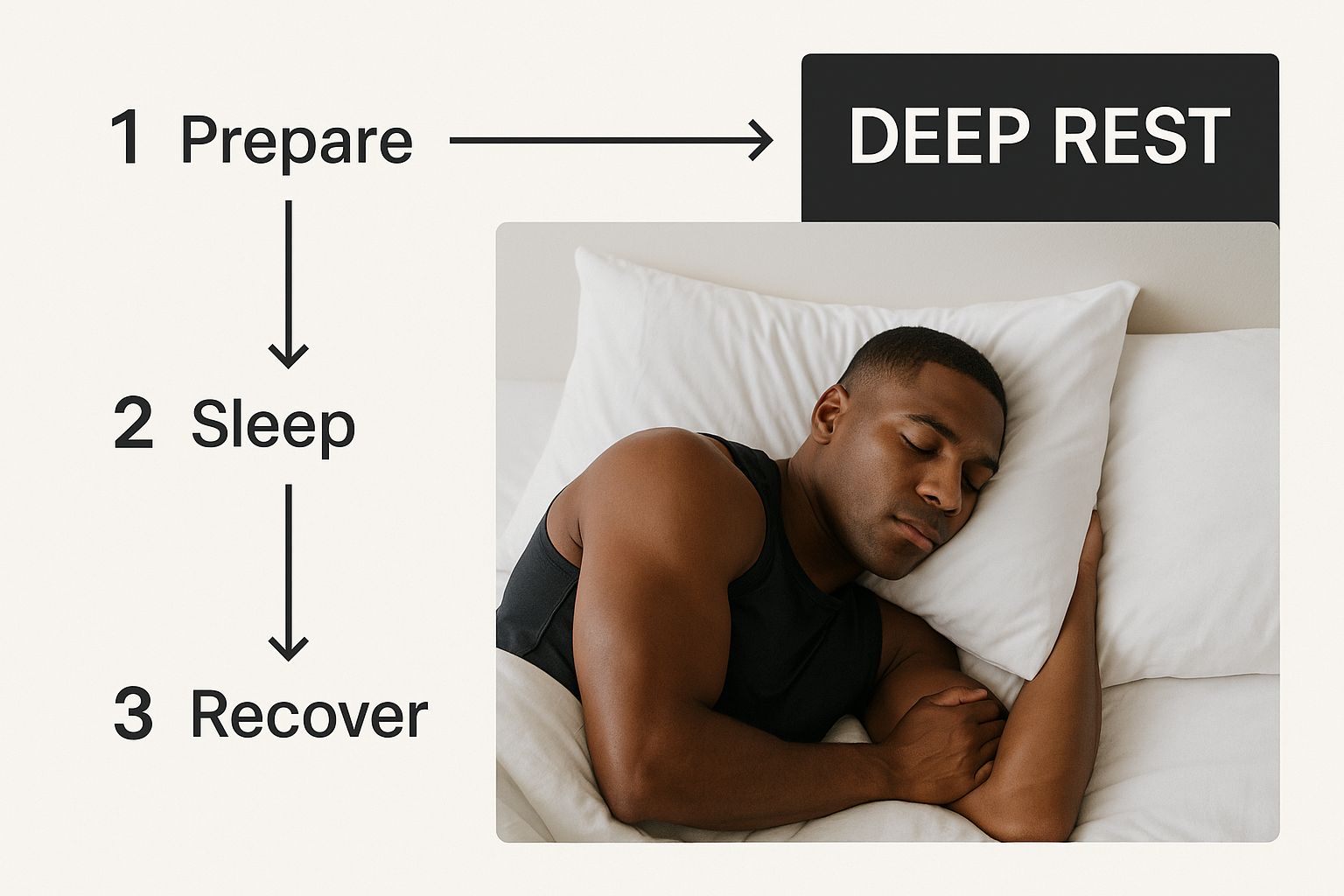
The takeaway is simple: without enough high-quality sleep, you prevent your body from performing the repairs needed to get stronger.
This is a widespread issue. In the UK, about 48% of the population exercises regularly, a 3% increase from the previous year, according to PureGym's UK Fitness Report. For the highly active 18-34 age group, that number rises to 61-65%. That's a huge number of people who need solid recovery to stay consistent. You can check out more UK fitness trends and insights to see the full picture.
Use this table as a quick action guide.
The Three Pillars of Muscle Recovery at a Glance
This table breaks down the core components of muscle recovery and their primary functions to help you bounce back faster.
| Pillar | Primary Function | Key Action Items |
|---|---|---|
| Nutrition | Provides the raw materials (protein, carbs) to repair and rebuild muscle tissue. | Consume a post-workout meal or shake within 1-2 hours of training. |
| Rest | Allows the body to perform deep cellular repair and release growth hormones. | Aim for 7-9 hours of quality sleep per night. |
| Active Recovery | Increases blood flow to flush out metabolic waste and reduce soreness. | Incorporate light activities like walking, stretching, or swimming on rest days. |
By taking action in these three areas, you create a powerful system that accelerates your fitness progress.
Active Recovery: Clear Out the Debris
The final pillar, active recovery, means using gentle movement to speed up healing. Light activity boosts circulation and helps flush out metabolic waste products, like lactic acid, that accumulate during intense exercise.
This doesn't mean another gruelling workout. It means low-impact activities that get your blood flowing without adding more stress to your muscles.
Active recovery acts like a gentle clean-up crew for your muscles. It clears away waste so the real construction can happen more effectively.
Here are actionable ways to incorporate active recovery:
- Take a leisurely walk: Go for a 20-30 minute walk the day after a tough leg session to reduce stiffness.
- Do gentle yoga or stretching: Focus on dynamic stretches that move your joints through their full range of motion.
- Go for a light cycle: A slow spin on a stationary bike is excellent for promoting blood flow to your legs without impact.
- Swim a few laps: The water's buoyancy supports your body, making swimming a perfect low-stress recovery activity.
By weaving these movements into your routine, you actively help your body reduce inflammation and soreness. This means you’ll be ready for your next workout much sooner. When used together, these three pillars create an unbeatable system for superior muscle recovery after a workout.
Fuelling Your Body for Rapid Muscle Repair
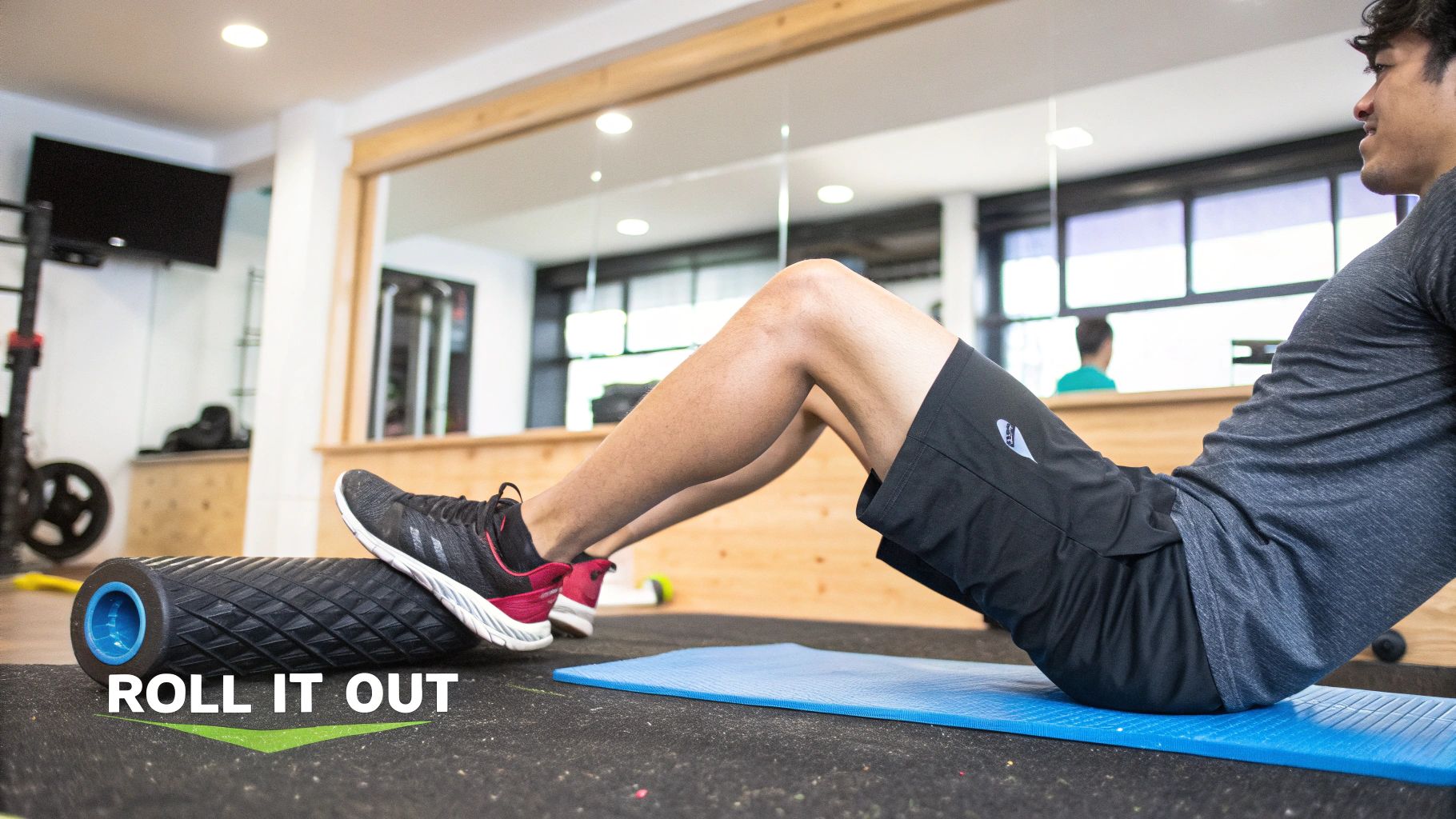
After a workout, your muscles are primed for repair. Giving them the right fuel at the right time is the most important action you can take to speed up muscle recovery after a workout. It's how you turn effort into results.
Think of your body as a construction site. The demolition is done, and now it's time to build something stronger. To start, you need two things: building materials and energy. This is where your post-workout nutrition comes in.
The Critical Post-Workout Window
You've likely heard of the 30-minute "anabolic window." While the exact timing is debated, the principle is sound. In the 1-2 hours after exercise, your muscles are highly receptive to nutrients. They act like sponges, ready to absorb protein and carbs to kickstart healing.
If you delay refuelling, you force your body to remain in a state of breakdown for longer, which increases muscle soreness and slows progress. Act quickly to flip the switch from a catabolic (breakdown) state to an anabolic (building) state.
Your goal is simple: stop muscle breakdown immediately and give your body the raw materials it needs to start rebuilding.
Protein and Carbs: The Recovery Dream Team
For recovery, protein and carbohydrates are your most important tools, and they work best together. Research shows that combining them is more effective for muscle repair and refuelling than having either one alone.
-
Protein: This is the non-negotiable building block for muscle repair. After a workout, your rate of muscle protein synthesis (building new muscle) skyrockets. You must provide amino acids to patch up muscle tears and build stronger fibres. Aim for 20-30 grams of high-quality protein.
-
Carbohydrates: Carbs are your body's main fuel source, stored as glycogen. An intense workout drains these stores. Eating carbs afterwards quickly refills your energy tanks and prevents your body from breaking down muscle tissue for fuel.
Actionable Post-Workout Meal and Snack Ideas
Keep your recovery fuel simple and effective. Here are practical ideas that provide the ideal protein and carb combination.
Quick Snack Options (Within 30-60 Minutes):
- Greek Yoghurt Bowl: Mix a pot of plain Greek yoghurt with a scoop of whey protein, a handful of berries, and a little honey.
- Chocolate Milk: This classic has a near-perfect ratio of carbs to protein and is easy to consume when you don't feel like eating.
- A Simple Protein Shake: Mix one scoop of protein powder (whey or plant-based) with water or milk. Add a banana for fast-acting carbs.
Full Meal Ideas (Within 1-2 Hours):
- Salmon and Sweet Potato Bake: Bake a fillet of salmon with chunks of sweet potato and green vegetables like broccoli or asparagus.
- Chicken and Quinoa Salad: Toss grilled chicken breast with cooked quinoa, spinach, and a light vinaigrette.
- Scrambled Eggs on Wholegrain Toast: This satisfying meal delivers a great balance of protein, carbs, and healthy fats.
For a more detailed strategy, a complete nutrition plan for athletes can provide deeper insights.
Don't Forget Hydration
Hydration is essential for muscle recovery. Water is what transports vital nutrients to your damaged muscle cells and helps flush out metabolic waste. Even slight dehydration can slow the repair process, worsen muscle soreness, and leave you feeling fatigued.
Here’s an actionable tip: weigh yourself before and after you train. For every kilogram of weight you lose through sweat, aim to drink 1.25 to 1.5 litres of fluid over the next few hours to fully rehydrate.
A Sensible Look at Supplements
While your diet should always be your priority, certain supplements can enhance recovery. One of the most proven is creatine.
Creatine helps your body produce energy during intense exercise and improves strength, power, and muscle growth. It works by increasing your muscles' phosphocreatine stores, helping you recover faster between sets. For anyone who lifts weights regularly, adding 3-5 grams of creatine monohydrate to your daily routine is a practical way to support long-term muscle recovery after a workout.
Mastering Sleep and Rest for Peak Performance
While nutrition lays the groundwork, your efforts will be wasted without the most powerful recovery tool: high-quality rest. Sleep is not downtime; it's when your body’s repair systems go into overdrive. It is a non-negotiable part of effective muscle recovery after a workout.
During deep sleep, your body increases the production of Human Growth Hormone (HGH). This hormone is vital for repairing muscle tissue broken down during training. If you short-change your sleep, you rob your body of its prime opportunity to heal and grow stronger.
How to Create Your Ultimate Sleep Sanctuary
Optimising your sleep environment can dramatically improve the quality of your rest. You need to send clear signals to your brain that it’s time to power down and begin the recovery cycle.
Follow these practical steps to turn your bedroom into a sleep sanctuary:
- Cool It Down: Set your room temperature to a cool 16-18°C. A cooler room helps lower your core body temperature, which naturally triggers sleepiness.
- Embrace Total Darkness: Use blackout curtains or an eye mask. Even small amounts of light can disrupt the production of melatonin, the hormone that regulates sleep.
- Silence Your Phone: Turn your phone to silent and place it face down an hour before bed. Better yet, charge it in another room.
- Block Out Blue Light: Avoid screens (phones, tablets, TVs) for at least 60-90 minutes before bed. The blue light tricks your brain into thinking it's still daytime, suppressing melatonin.
Redefining the 'Rest Day'
A "rest day" shouldn't mean a full day on the sofa. While complete rest is sometimes needed, active rest is often more effective for speeding up recovery.
Active rest involves light, low-impact activities that increase blood flow without stressing your muscles. This boost in circulation delivers oxygen and nutrients to aching tissues while flushing out metabolic waste products that cause soreness.
Think of active rest as a gentle nudge to your body's clean-up crew. It encourages the removal of waste, clearing the way for a more efficient and speedy repair process.
Practical Active Rest Ideas
Make your rest days more productive with these activities:
- Take a Brisk Walk: A 20-30 minute walk gets your blood moving without any real strain.
- Do Gentle Stretching or Yoga: Focus on dynamic stretches that take your joints through their full range of motion to ease stiffness.
- Go for a Leisurely Swim: The buoyancy of water makes swimming a fantastic zero-impact recovery activity.
Manage Stress to Protect Your Gains
Finally, you must address a silent recovery killer: stress. Chronic stress causes your body to produce high levels of cortisol, a hormone that breaks down muscle tissue. High cortisol can directly sabotage your recovery efforts.
Implement simple mindfulness techniques to combat this. Just a few minutes of deep breathing or meditation each day can help lower cortisol levels, shifting your body from a state of stress to one of recovery. This mental reset is as crucial as any other part of your routine.
In the UK, the typical timeframe for muscle recovery is 24 to 72 hours, depending on workout intensity. Within this window, muscle protein synthesis peaks around the 24 to 48-hour mark. However, with fatigue levels reported as high as 68%, many people are not getting enough quality rest. You can discover more UK-specific recovery data to understand these trends. Dialling in your sleep and rest is the key to closing that gap.
Integrating Advanced Recovery Tools and Techniques
Once you have mastered your nutrition and sleep, you can integrate other tools to enhance your muscle recovery after a workout. Think of these as powerful boosters for your core recovery plan.
Used correctly, these methods can significantly reduce muscle soreness, improve mobility, and get you back in the gym feeling refreshed. They work by increasing blood flow, breaking down tight muscle adhesions, and calming inflammation.
Practical Foam Rolling for Muscle Release
Foam rolling, or self-myofascial release, is a form of self-massage. It is excellent for breaking up knots and tight spots in your muscles, restoring flexibility, and easing post-workout aches.
For the best results, be consistent. Just five to ten minutes of foam rolling after a session can make a significant difference.
Here’s a quick guide for two common problem areas:
- For Tight Quads: Lie face down with the foam roller under your thighs, propped up on your forearms. Slowly roll from just above your knee to the bottom of your hip. Hold for 20-30 seconds on any tender spots.
- For a Stiff Upper Back: Sit on the floor, place the roller under your upper back, and cross your arms over your chest. Lift your hips and gently roll up and down between your shoulder blades. Do not roll onto your lower back or neck.
This should feel like a "good hurt"—a manageable pressure that helps the muscle release. Breathe deeply and let the roller work.
At-Home Contrast Water Therapy
You don't need a spa for this technique. Contrast water therapy involves switching between hot and cold water to create a "pumping" action in your blood vessels, which helps flush out metabolic waste and reduce inflammation.
Here's how to do it in your shower after a workout:
- Stand under hot water (as warm as you can comfortably handle) for 2 minutes.
- Switch to cold water (as cold as you can bear) for 30-60 seconds.
- Repeat this cycle 3-4 times, always finishing with cold water to maximise the anti-inflammatory effect.
This is a low-cost way to boost circulation and reduce next-day soreness, especially after an intense leg day.
Professional Recovery Options
For a more targeted approach, consider professional services. The UK fitness industry, now valued at £5.7 billion, has seen a surge in these services. With gym penetration hitting 16.9%—the highest in Europe—more facilities are offering integrated wellness options. You can discover more about the growing UK fitness market and its focus on recovery here.
Here’s a comparison of popular recovery tools to help you decide what's right for you.
Comparing Advanced Recovery Methods
| Technique | Primary Benefit | Best For | Accessibility/Cost |
|---|---|---|---|
| Sports Massage | Targets deep muscle knots, breaks down scar tissue, and improves range of motion. | Athletes with chronic tightness or specific problem areas. | Moderate to High Cost |
| Compression Therapy | Uses inflatable sleeves to apply rhythmic pressure, enhancing blood flow and flushing out fluid. | Individuals who experience heavy legs or swelling after intense endurance workouts. | Low (Sleeves) to High (Professional) |
These advanced tools should complement, not replace, the fundamentals of nutrition and rest. Just as supplements fill nutritional gaps, these techniques fill recovery gaps.
For those interested in optimising their regimen further, check out our guide to the 10 best supplements for recovery in 2025.
The key to superior muscle recovery after a workout is combining these advanced methods with a solid foundation of nutrition and rest.
Your Top Muscle Recovery Questions, Answered
Knowing what to do after a workout can be confusing. Let's clear up the most common questions about muscle recovery so you can create an effective action plan.
How Much Soreness Is Actually Normal?
The ache you feel a day or two after a workout is Delayed Onset Muscle Soreness (DOMS). It's a normal sign that your muscles are adapting and growing stronger.
Some tenderness and stiffness are expected. However, if the pain is sharp, makes movement difficult, or lasts for more than 72 hours, you may have overtrained or sustained an injury. Normal soreness should not prevent you from going about your day.
Can I Still Work Out When My Muscles Are Sore?
Yes, but you must be strategic. For mild to moderate soreness, light active recovery can be beneficial. It increases blood flow, eases stiffness, and can help you feel better faster.
Here's how to train when you're sore:
- Train a different muscle group. If your legs are sore from squats, focus on your upper body. This allows the tired muscles to repair while you maintain your training momentum.
- Reduce the intensity. Instead of another heavy session, opt for a lighter workout. Use 50-60% of your usual weight for higher reps. The goal is to promote blood flow, not cause more damage.
- Do low-impact cardio. A gentle swim, a brisk walk, or a light cycle are excellent options that boost circulation without stressing tired muscles.
The golden rule is to listen to your body. If soreness worsens or you feel sharp pain, stop and give yourself more rest.
Do Different Workouts Need Different Recovery Plans?
Absolutely. You must tailor your recovery plan to the specific workout you've completed. Different exercises place different demands on your body.
For example, after a heavy weightlifting session, your priority is consuming enough protein to repair muscle micro-tears. After a long run that depletes your energy reserves, your primary goal is to replenish carbohydrate stores. Your active recovery should also be specific; a gentle walk is often a better choice after high-impact HIIT than dynamic stretching, which could further strain exhausted muscles.
By customising your recovery, you provide your body with precisely what it needs for the most efficient muscle recovery after workout.
To make sure your body has all the essential nutrients it needs to repair and rebuild, why not add a natural supplement to your daily routine? Oji Shilajit gummies are packed with over 85 trace minerals and powerful fulvic acid. They come in a simple, tasty gummy designed to support your body’s energy production, help manage stress, and promote overall vitality. It's the perfect foundation for a faster, more effective recovery. See the difference for yourself by visiting myoji.co.uk.


